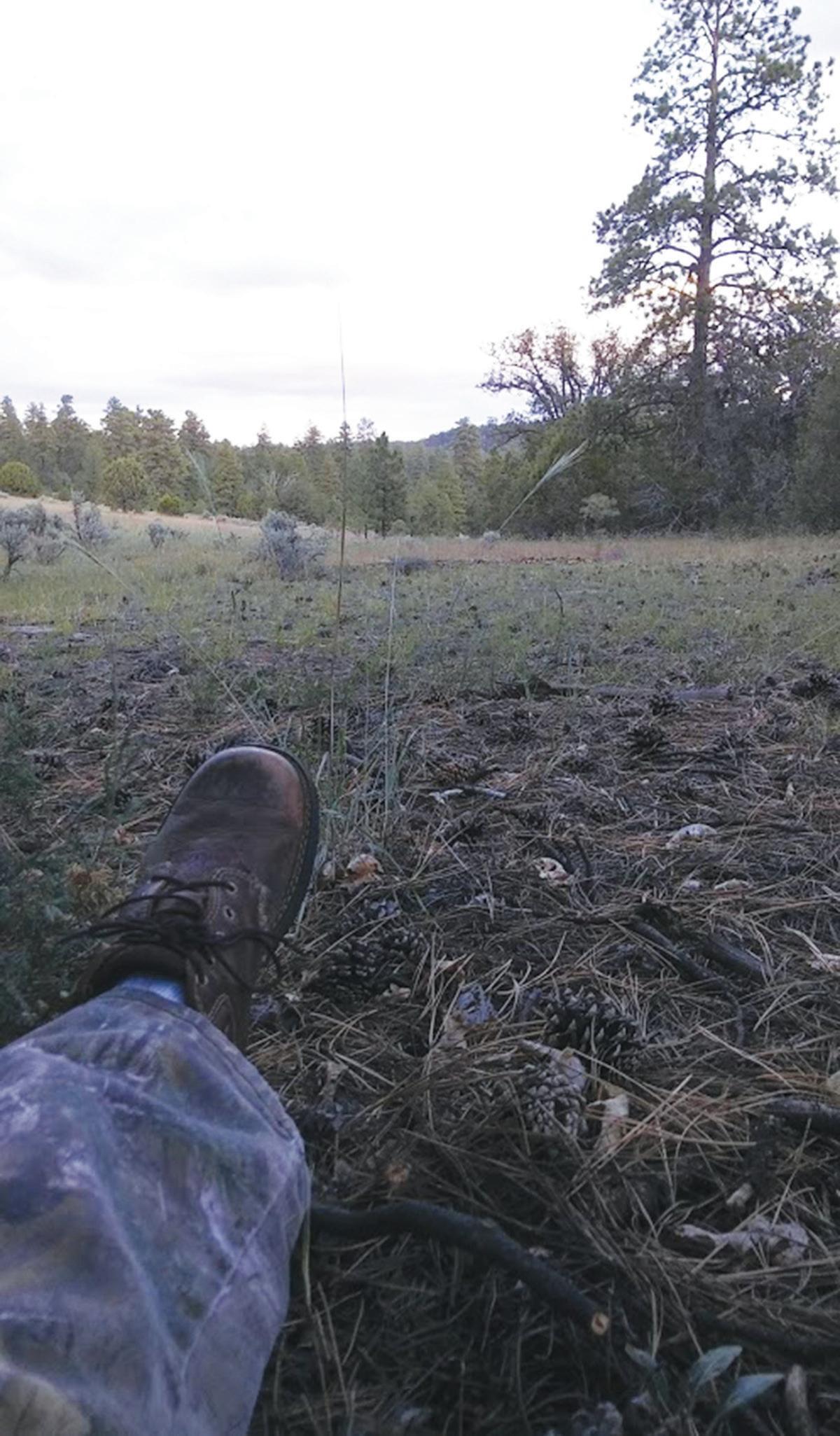THE GREAT WAR This ocean freighter was specially designed to carry a dozen or so bi-winged Army planes to England and France. This ship probably carried ammunition and weapons in its hull. Pvt. Lester Grisham took the photo.
By Martin Link It was a warm, balmy summer day in the Bosnian town of Sarajevo, and the Archduke Franz Ferdinand and his wife decided to go out for lunch. Afterwards, as the chauffeur was driving them back to their palace, a young man, an antimonarchist, was waiting. The assassin fired two shots into the car that killed both the Archduke and his wife, Sophie. It was the afternoon of June 28, 1914. The Austrian Emperor Francis Joseph blamed the small countries of Bosnia-Serbia, but their governments refused to apologize. Soon, other neighboring countries took sides and old animosities reared their ugly heads. On August 4th, all the major countries had mobilized their military forces and a state of war engulfed the European continent. The Central Powers included Germany, East Prussia, Austria-Hungary, Bulgaria, and Turkey (the Ottoman Empire). The Eastern Allies included Russia, Poland, Serbia, Ukraine, Greece, and Romania, while the Western Allies included France, Great Britain, Portugal, Italy, Australia, Belgium, and North Africa. The Netherlands, Switzerland, Spain (which was engulfed in its own brutal civil war), and the United States managed to remain neutral. For almost four and a half years, these countries pounded each other into rubble, establishing complex defensive lines that ran for approximately 450 miles from the Belgian 42 November 2018
coast on the North Sea to the border of neutral Switzerland. The generally parallel lines, and the “no-man’s land” in between became the bloody battlegrounds for over a million soldiers on each side. This Great War saw the introduction of rapidfire machine guns, field telephones, motorized vehicles, flame throwers, armored tanks, and poison gases. Cavalry became obsolete, but air combat and submarine warfare came of age. In the early months of 1917, the Eastern Front became a bloody shamble. Serbian, Greek, and Romanian forces suffered greatly in their efforts at destroying the remnants of the Ottoman-Turkish Empire, and the Russians and Ukrainians didn’t fare much better in their battles with German and Austrian forces. Then, on March 15th, Czar Nicholas II abdicated, ending the centuries old Romanov Dynasty. He and his entire family were executed a few weeks later. When Russian forces heard of this collapse of their government, whole divisions simply deserted the battle zone, and thousands of soldiers threw down their arms and went home. Later, both a book and a motion picture reflected this dilemma, “All’s Quiet on the Eastern Front.” This situation also allowed Germany and Austria the opportunity to transfer a large number of divisions over to the Western Front, much to the concern of British and French field commands. At this same time, Germany announced a renewal
This is a picture of my grandfather (on the left) and his brother, my Great-Uncle Otto Garfield Riege. I never got the honor of meeting my uncle Otto as he passed in 1957, 8 years before I was born. PFC Otto Garfield Riege served in the United States Army during WW1 in Battery E 322 Field Artillery Unit. Unfortunately I do not know much more about him other than stories my dad has shared. My dad has told me that Uncle Otto was gassed during the Meuse Argonne and never fully recovered from that. He never married or had any children. He did say that his uncle loved to fish and to sit out in the yard underneath his favorite tree, read the paper, and smoke his pipe. He was doing just this when he passed. I guess there is no better way to go then to be doing something that you love. Submitted by Ken Reige













